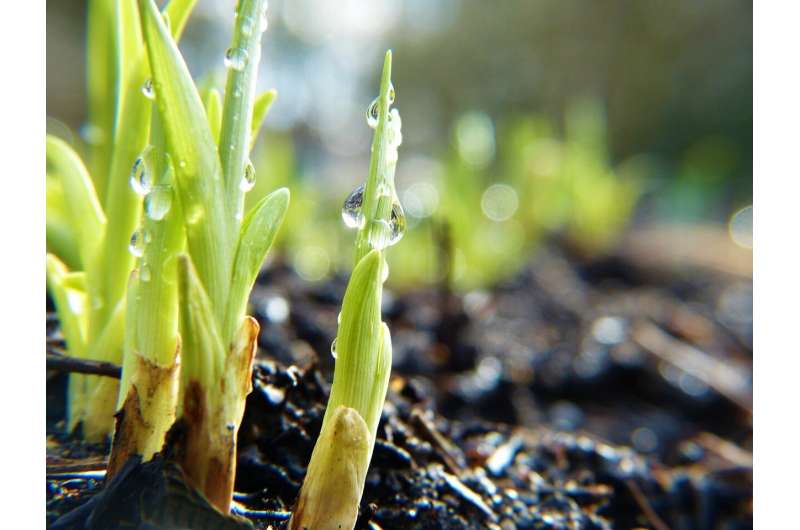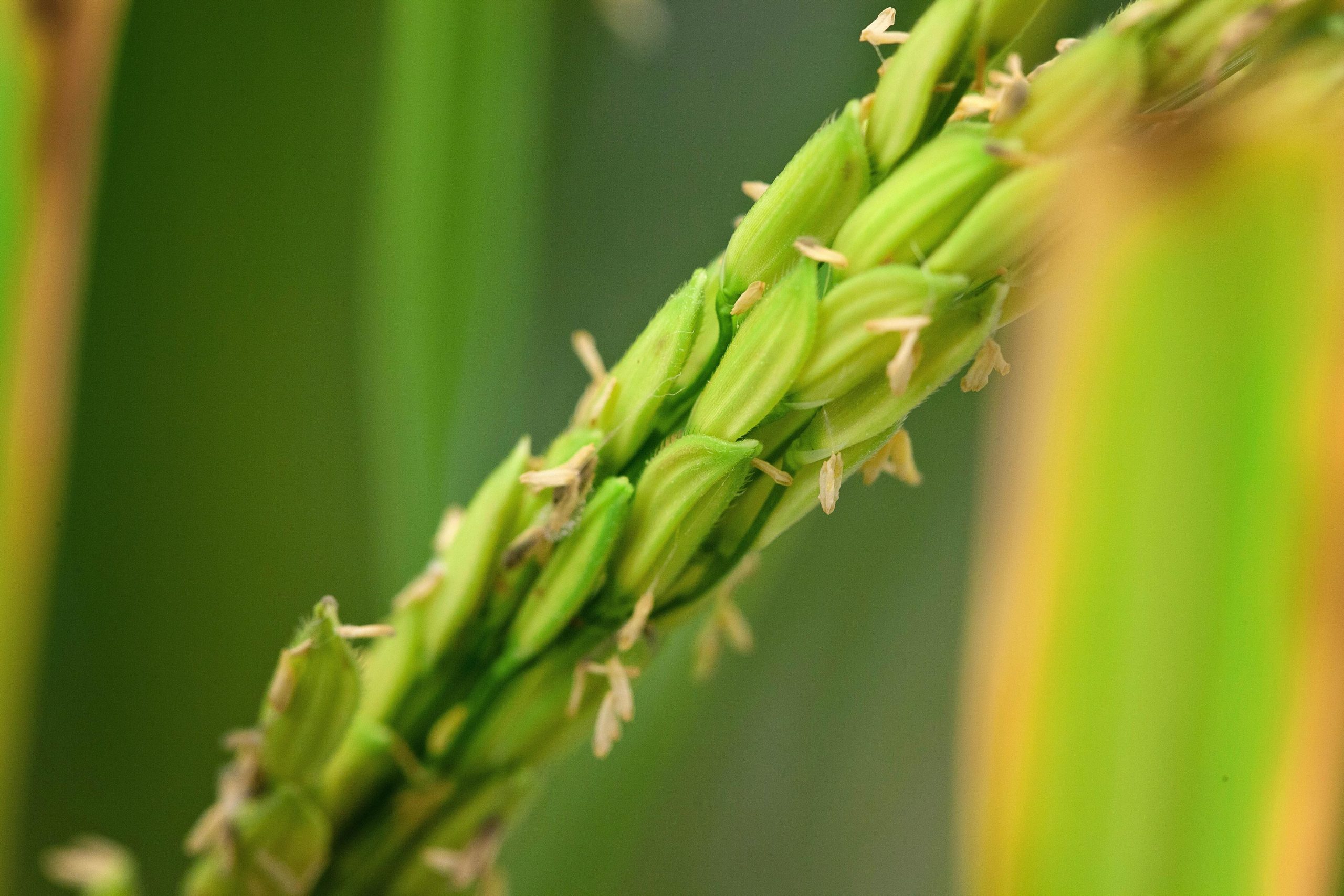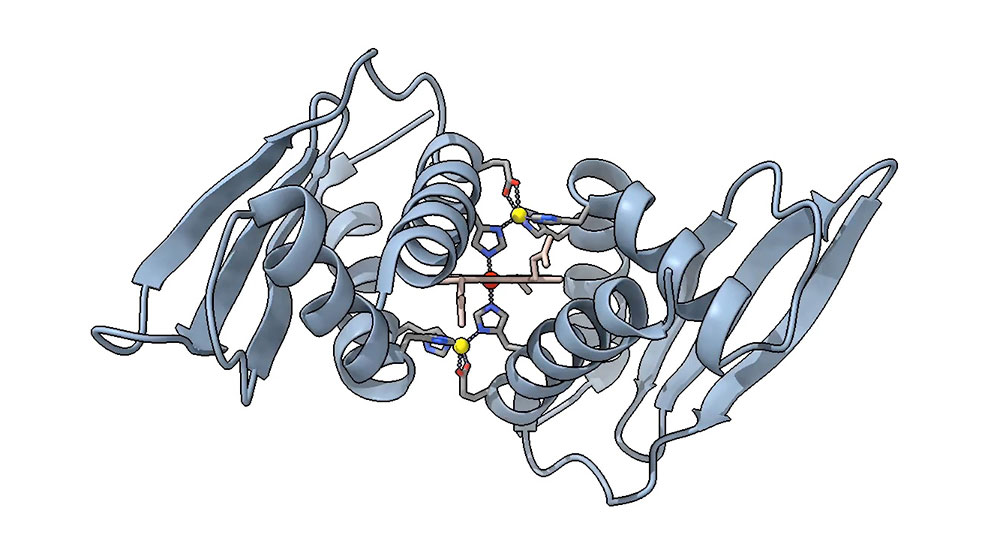Role of Photosynthesis in Plants
Photosynthesis is a crucial process for plants, enabling them to convert sunlight into usable energy through photosynthetic activity. This process plays a fundamental role in sustaining life on Earth by producing oxygen and glucose, essential for plant survival and food production for other organisms. Photosynthesis specifically involves capturing energy from sunlight to create oxygen and simple sugars, providing fuel for plants to grow and thrive.
Importance of Photosynthesis

The significance of photosynthesis lies in its ability to convert carbon dioxide and water into oxygen and sugars[5], allowing plants to produce the oxygen we breathe and the energy-rich molecules necessary for their growth. This process supports almost every food chain[2], serving as the foundation for life on our planet. Without photosynthesis, life as we know it would not be sustainable, highlighting its critical role in maintaining ecosystems.
Enhancing Photosynthesis for Improved Crop Yields

Scientists and researchers are continually exploring ways to enhance photosynthesis in plants to improve crop yields, resilience to climate change, and overall efficiency. One innovative approach involves gene-editing techniques that boost crop photosynthesis by enhancing gene expression. By increasing the natural ability of plants to utilize sunlight effectively, this method aims to increase global food production[1] and ensure food security amidst environmental challenges.
Mechanisms of Photosynthesis

Within plants, photosynthesis occurs within chloroplasts, where chlorophyll absorbs light energy to convert it into chemical energy. This process involves taking in carbon dioxide and water[5] to create glucose and release oxygen back into the air[3]. Different types of photosynthesis, such as C3 and C4 pathways, have evolved to adapt to varying environmental conditions, demonstrating the adaptability of plants in harnessing sunlight for energy production.
Protein Regulation in Photosynthesis

Proteins play a vital role in regulating photosynthesis reactions and adapting to changing environmental conditions. Proteins like Domain Related to Iron[5] have been identified as key players in fine-tuning energy production in cyanobacteria, aiding in their adaptation to diverse environments. Understanding the intricate mechanisms behind protein regulation in photosynthesis provides insights into how plants adjust to different conditions and optimize their energy production capabilities.
In conclusion, photosynthesis is a fundamental process for plants that enables them to produce oxygen and energy-rich molecules essential for life on Earth. By enhancing photosynthesis through innovative techniques and studying protein regulation, scientists aim to improve crop yields, increase food production, and promote sustainability in agriculture. The role of photosynthesis in plants goes beyond individual growth; it sustains ecosystems, supports biodiversity, and ensures the continuity of life on our planet.
Get more accurate answers with Super Pandi, upload files, personalized discovery feed, save searches and contribute to the PandiPedia.
Let's look at alternatives:
- Modify the query.
- Start a new thread.
- Remove sources (if manually added).